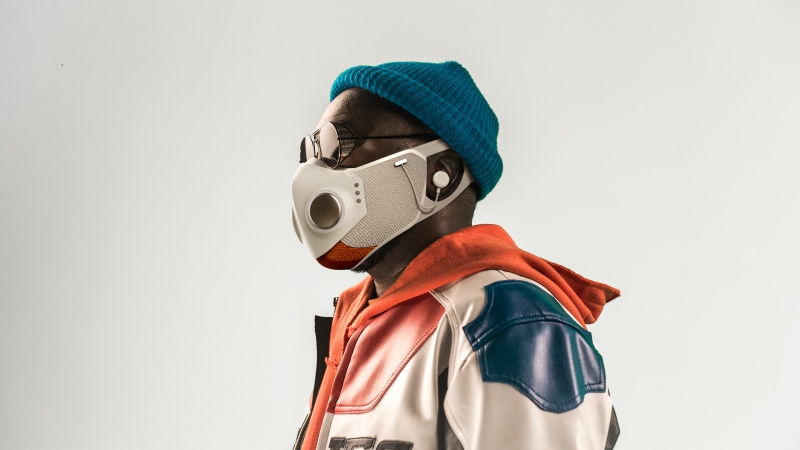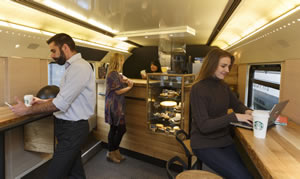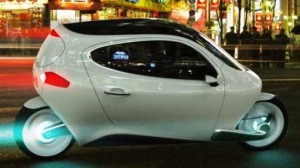Transforming Public Services

GUEST POST from Chateau G Pato
Design thinking is a human-centered problem-solving approach that empowers organizations to create innovative solutions. While traditionally associated with the private sector, design thinking has found a significant role in government organizations to transform public services. This article will explore two case studies that highlight the power of design thinking in improving government services and its potential to drive positive societal change.
Case Study 1: Redesigning the User Experience of a Government Website
In 2017, the Australian government embarked on a project to redesign their official immigration website, aiming to provide a more user-friendly experience. The initial website was complex, cluttered with excessive information, and used technical language that confused and overwhelmed users. Consequently, people struggled to find relevant information and complete application processes efficiently.
Applying design thinking principles, a multidisciplinary team comprising government officials, designers, and user experience experts collaborated to re-imagine the website. They conducted extensive user research, including interviews, focus groups, and user testing, to gain insights into the pain points and frustrations of website users.
Based on these insights, the team simplified the navigation structure, reorganized information, and revamped the language to be more accessible and user-friendly. They implemented a streamlined application process that focused on user needs, reducing redundancies and unnecessary steps. Additionally, they incorporated interactive elements and improved search functionality to enhance the overall user experience.
The redesigned website was rolled out, and its impact on user satisfaction and efficiency was immediately evident. User feedback indicated higher levels of understanding, reduced confusion, and a significant decrease in time required to complete tasks. This case study demonstrates how design thinking can drive the transformation of government services by prioritizing the needs and experiences of citizens.
Case Study 2: Improving Public Transportation Systems
Public transportation plays a crucial role in the daily lives of millions of citizens. Recognizing the need for an improved public transportation system, the Singapore government utilized design thinking principles to initiate a holistic transformation. They aimed to create a seamless and user-centric experience for commuters, thereby increasing overall public transportation usage.
The government engaged with citizens and stakeholders through surveys, interviews, and immersive empathy exercises to understand their pain points, desires, and aspirations related to public transportation. This comprehensive research informed the creation of personas representing different commuter profiles, which became the focal point for designing solutions.
Design thinking techniques were applied to various aspects, including bus stop design, route planning, mobile applications, and fare collection systems. Bus stops were redesigned to provide shelter, seating, and real-time information, catering to the needs of different user groups. Route planning was optimized based on commuter data, and mobile applications were developed to provide live updates on bus timings, route changes, and fare information.
The result was a remarkable enhancement in the overall public transportation experience. Commuters reported reduced wait times, improved convenience, and increased ridership. The government’s successful implementation of design thinking principles demonstrates its potential to transform public services by incorporating user needs into the core of service delivery.
Conclusion
Design thinking has an unrivaled power to transform public services by prioritizing citizen needs and experiences. The case studies discussed above exemplify how governments can leverage this approach to drive positive change. By emphasizing empathy, collaboration, and iterative problem-solving, design thinking can revolutionize the way governments design and deliver public services. It is time for governments worldwide to embrace design thinking as a catalyst for innovation and citizen-centric transformations.
EDITOR’S NOTE: Braden Kelley’s Problem Finding Canvas can be a super useful starting point for doing design thinking or human-centered design.
“The Problem Finding Canvas should help you investigate a handful of areas to explore, choose the one most important to you, extract all of the potential challenges and opportunities and choose one to prioritize.”
Image credit: Pixabay
 Sign up here to get Human-Centered Change & Innovation Weekly delivered to your inbox every week.
Sign up here to get Human-Centered Change & Innovation Weekly delivered to your inbox every week.


![]() Sign up here to get Human-Centered Change & Innovation Weekly delivered to your inbox every week.
Sign up here to get Human-Centered Change & Innovation Weekly delivered to your inbox every week.
 One of the best ways to challenge people’s thinking and get a group moving in a direction towards innovation is to get the group to define the box.
One of the best ways to challenge people’s thinking and get a group moving in a direction towards innovation is to get the group to define the box.
 The new Starbucks train café is one of the smallest the company has ever designed, and they have managed to include space for 50 people, baristas, a pastry case, standing bar, and a lounge area, all tastefully assembled into a two level train car.
The new Starbucks train café is one of the smallest the company has ever designed, and they have managed to include space for 50 people, baristas, a pastry case, standing bar, and a lounge area, all tastefully assembled into a two level train car. It’s incredibly important for companies like Starbucks that sell daily indulgences to be in the places where people are looking to enjoy that little treat, and with the level of quality increasing (at least in the coffee experience) at competitors like Dunkin Donuts, McCafe, Caribou Coffee, and others, Starbucks has to do everything they can to reinforce their premium image and customer loyalty.
It’s incredibly important for companies like Starbucks that sell daily indulgences to be in the places where people are looking to enjoy that little treat, and with the level of quality increasing (at least in the coffee experience) at competitors like Dunkin Donuts, McCafe, Caribou Coffee, and others, Starbucks has to do everything they can to reinforce their premium image and customer loyalty.
 I came across the C-1 from Lit Motors in an article by Donna Sturgess over on
I came across the C-1 from Lit Motors in an article by Donna Sturgess over on 